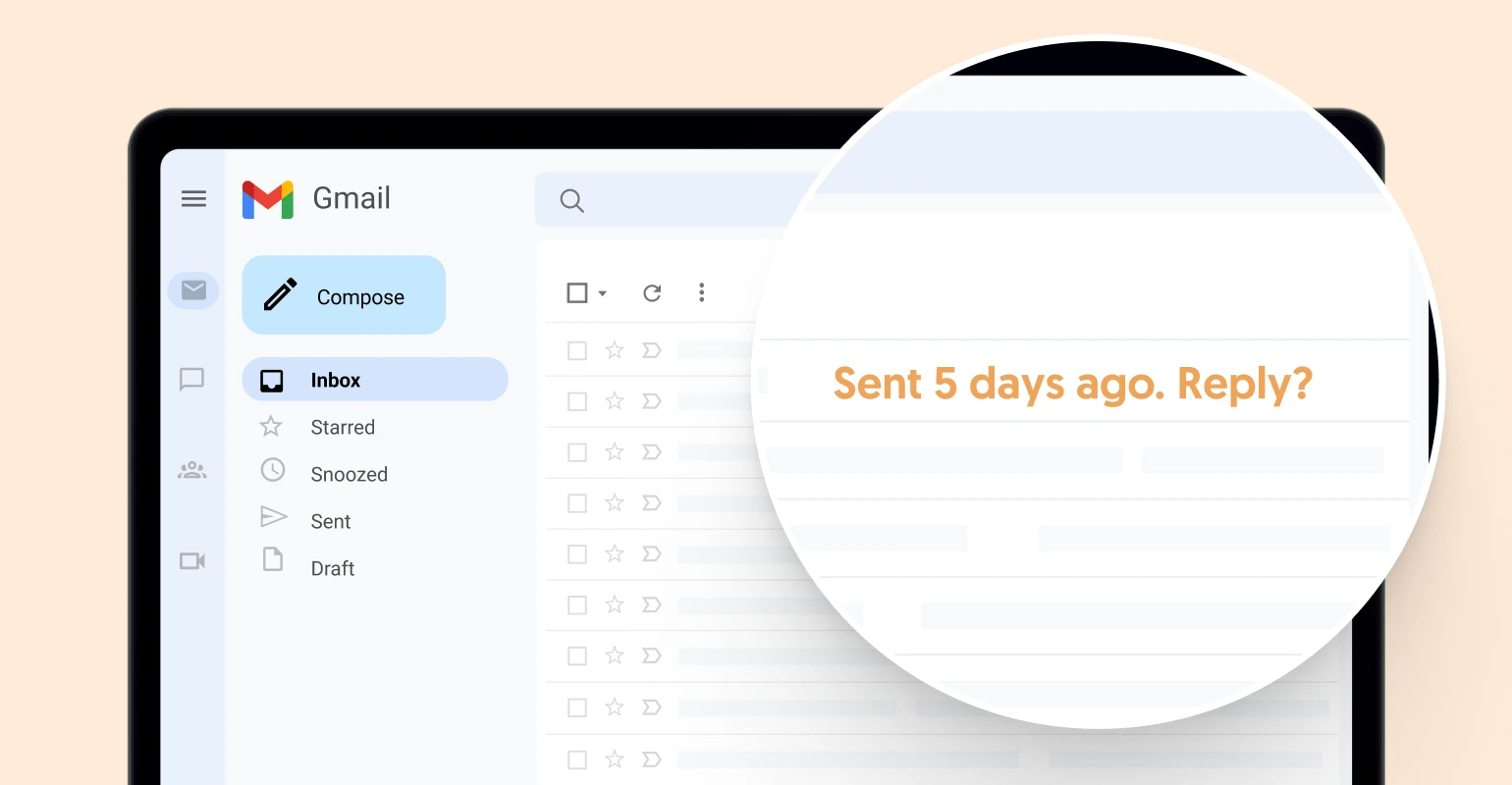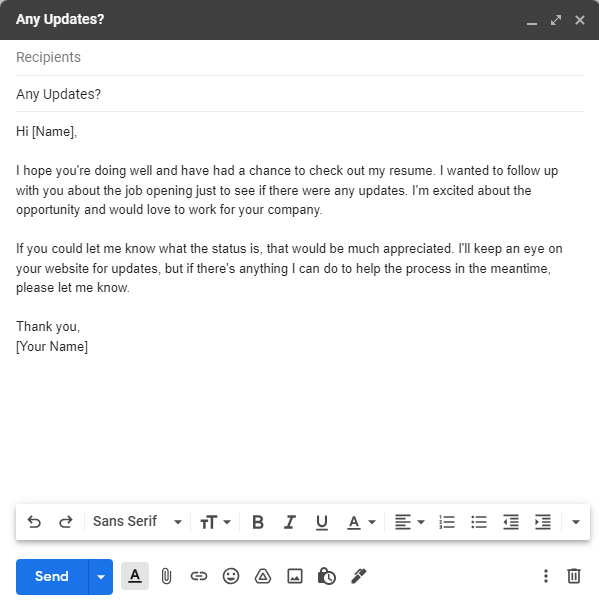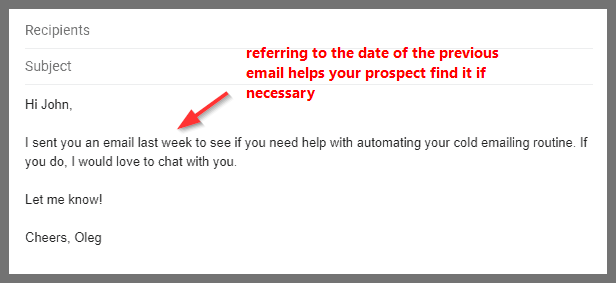

We’ve all faced it—that moment when you’ve sent an email and then… silence. No reply, no acknowledgment, just radio silence. It’s frustrating, but all too common. So, what’s the right way to follow up? How do you write a follow-up email that gets seen—and more importantly—gets a response?
In this post, let’s break it down with some key insights, tactics, and best practices that are not only based on my experience but also backed by data-driven approaches.
First things first, let’s understand why following up is important. According to studies, nearly 30% of emails go unanswered. But don’t worry – that’s not a reflection of your email's quality or content. People are busy, their inboxes are packed, or your email might have simply slipped through the cracks.

Sending a follow-up email is not pestering someone – it’s a professional and polite way to remind them of your previous message. It shows that you are proactive, organized, and value the conversation. After all, if you’re waiting for a response, chances are the recipient is too busy or missed your email.
Timing is everything. You don’t want to send a follow-up too soon and come off as pushy, but you also don’t want to wait too long and lose momentum. Here’s the general rule of thumb:

Now that you know why and when to send your follow-up email, let’s dive into the structure. A well-crafted email is your ticket to a response, so make it count. Here's a structure that works:

Subject: Following Up on [Previous Email Topic]
Greeting: Start by being polite and addressing the recipient by name. Personalization matters.
1. Mention Your Previous Email: Politely reference the earlier email to jog their memory. Be concise.
Example: "I hope you're doing well. I just wanted to follow up on the email I sent last week regarding [topic]."
2. Express Understanding: Acknowledge that they might be busy or your previous email might have been overlooked. This keeps the tone friendly and non-demanding.
Example: "I understand that you’re likely swamped with emails, but I wanted to make sure this didn’t slip through the cracks."
3. Add a Call to Action (CTA): Be specific in what you want them to do. Do you need an update on a project? Do you need a yes/no answer to a question? Be clear and concise.
Example: "Could you let me know if you had a chance to review the proposal? I’d appreciate your feedback."
4. Closing and Thanks: End with gratitude. Thank them for their time and consideration.
Example: “Thanks again for your time. Looking forward to hearing from you!”
A lot of emails sound robotic, right? But we want to avoid that! Personalization is essential. Make sure you add something unique to your follow-up that makes the recipient feel like you’re talking to them directly. A personalized follow-up has a much higher response rate than a generic one.
To make sure your email doesn’t end up in the trash, follow these best practices:

Okay, so let’s say you’ve sent your follow-up email, and there’s still no response. What now?
The key to a successful follow-up email is professionalism and persistence. You don’t want to come off as aggressive, but you also want to demonstrate your eagerness and professionalism.
By sending a polite, concise, and well-structured email, you increase the likelihood of getting the response you need. And who knows? Your well-timed follow-up could just be the nudge someone needs to take action.
Sending a follow-up email after no response doesn’t have to be stressful. With the right approach, it can become an essential part of your communication strategy. By understanding the timing, structure, and best practices, you can craft follow-up emails that get noticed and encourage responses. Remember, a polite, professional follow-up can make all the difference.
Let’s not forget: Persistence pays off. Now, go ahead and craft that follow-up email with confidence!
Be the first to post comment!